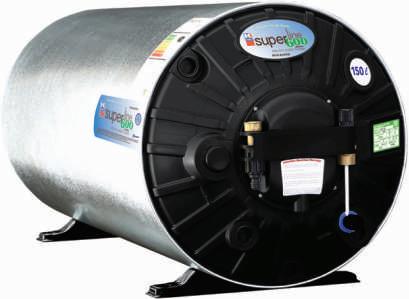
3 minute read
Maalvleis En Brood Gebak
500 g maalvleis
1 ui, gekap (opsioneel)
Advertisement
½ bakkie knoppies sampioene, gekap bietjie olyf olie of kookolie
45 ml tamatiesous
15 ml blatjang
20 ml suiker / versoeter


250 ml water


1 pakkie sampioensoppoeier sout en peper na smaak bietjie fyn naeltjies gemengde kruie na smaak

Witsous
30 ml botter/margarien

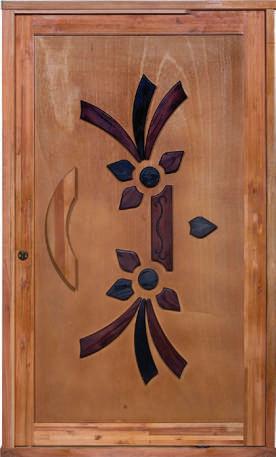

30 ml koekmeel
300 ml melk ongeveer 8-10 snye brood, sonder korsies, in driehoeke gesny genoeg gerasperde
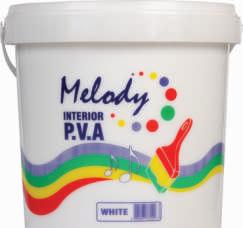


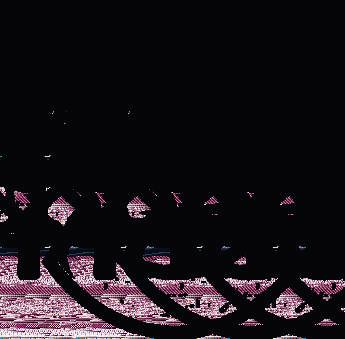
Cheddar kaas
Metode
Verhit die oond tot 180°C. Indien jy die gekap ui gebruik, braai die ui bietjie in die olie, en voeg die maalvleis by, braai tot die vleis lekker los is. Voeg die gekapte sampioene by, braai lekker deur. Meng die pakkie soppoeier met die water, tamatiesous, blatjang, sout, peper, suiker en kruie en giet die mengsel oor die maalvleis. Verlaag die hitte en prut die maalvleismengsel vir ongeveer 10 min. Maak intussen die witsous deur die bestanddele vir die witsous in 'n mikrogolf bstande bak te meng. Kook die mengsel in die mikrogolf vir ongeveer 5 min, roer gereeld, dit kook maklik oor, so hou dit dop. Dit moet lekker dik wees. Gebruik ‘n klein brood pannetjie, spuit met kleefwerende kossproei en skep die helfte van die maalvleismengsel onder in die pannetjie. Pak ‘n lagie brood bo-op die vleis, sodat die punte van die driehoeke mekaar oorvleuel.. Skep die ander helfde van die maalvleis bo-op die brood. Giet die witsous oor die laaste laag brood. Rasper genoeg kaas oor die witsous en bak in die oond vir ongeveer ‘n half uur of tot mooi bruin en deur gebak. Bedien saam met ‘n lekker slaai.

Nota: Ek het ‘n broodjie gebak van glutenvrye meel en dit gebruik en dit was net so lekker Resep en fotos: Facebook / Rina Kleinhans
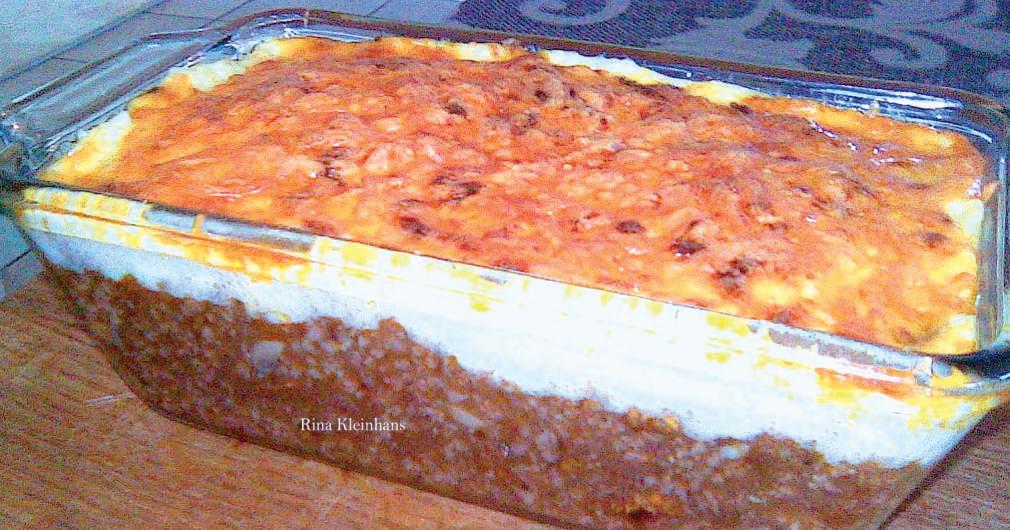
President Cyril Ramaphosa has announced that the full-scale construction works for the Lesotho Highlands Water Project (LHWP) Phase 2 will commence this year after being delayed for a number of years.
Delivering his State of the Nation Address (SONA) at the Cape Town City Hall onThursday evening, President Ramaphosa said the Lesotho Highlands project is critical to ensuring security of water supply in Gauteng, the Free State, Mpumalanga, North West and Northern Cape.
The LHWPis a binational infrastructure project between Lesotho and SouthAfrica, which involves the construction of a network of tunnels and dams to transfer water from the Orange–Senqu River in the Lesotho Highlands to South Africa, and to utilise the water delivery system to provide hydro-electric power to the Kingdom of Lesotho.

The water transfer component of Phase 2 comprises an approximately 165-metre high concrete faced rockfill dam at Polihali, downstream of the confluence of the Khubelu and Senqu (Orange) Rivers, and an approximately 38-kilometre concrete-lined gravity tunnel connecting the Polihali reservoir to the Katse reservoir
The completion of Phase 2 of LHWPwill augment the transfer of water from Lesotho to South Africa, with an extra 490 million m3/year from the current 780 million m3/year, to make it 1 260 million m3/year through the Integrated Vaal River System (IVRS).
The IVRS is the biggest system in the country, which comprises 14 dams with catchments in four provinces, namely the Free State, Northern Cape, Mpumalanga and North West.
Major infrastructure projects underway
The President also announced that the Department of Water and Sanitation is leading the process of investing in major water infrastructure projects across the country to ensure water security now and into the future.
“Several decades after it was first proposed and nine years after a sod-turning ceremony was held, the first phase of the Umzimvubu Water Project will start in the next financial year This phase, which involves construction of the Ntabelanga Dam, irrigation infrastructure and the distribution of water to communities, will be financed by government.
“The next phase will be the construction of the Lilane Dam, which will include a hydro power station. Major projects to increase the capacity of Clanwilliam Dam, Hazelmere Dam and theTzaneen Dam will improve the supply of water to the West Coast, eThekwini and the eastern part of Limpopo,” President Ramaphosa said.
The President said 24 bridges in KwaZulu-Natal are currently under construction and site preparations are being made for a further 24 bridges.
Improvement on water use licence applications
The President also announced an improvement on the turnaround time for water use licence applications, which has seen all applications being processed with 90 days. This follows last year’s announcement by the President that a comprehensive turnaround plan was being implemented to streamline the process for water use licence applications, with the aim to clear the backlog of applications by June 2022 and to process 80% of all applications within 90 days during the next financial year
“We announced a comprehensive turnaround plan to streamline the process for water use licence applications, which is vital to enable greater investment.
Since then, we have cleared the backlog of water use licences and reduced the turnaround time for applications to 90 days,” President Ramaphosa said. –SAnews.gov.za










